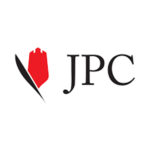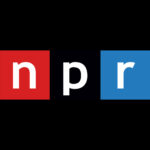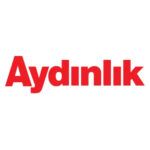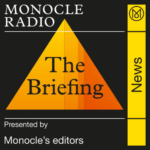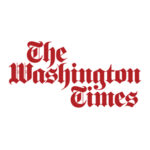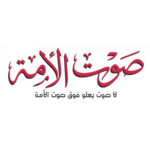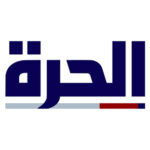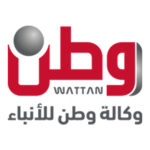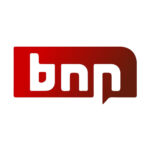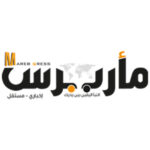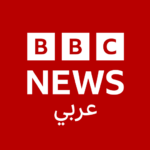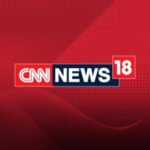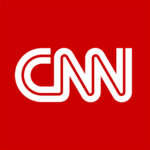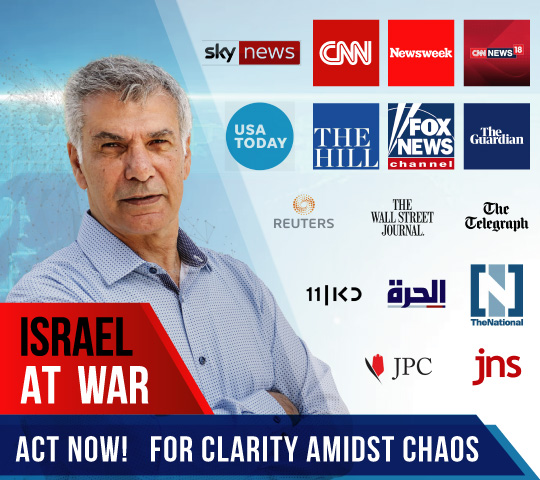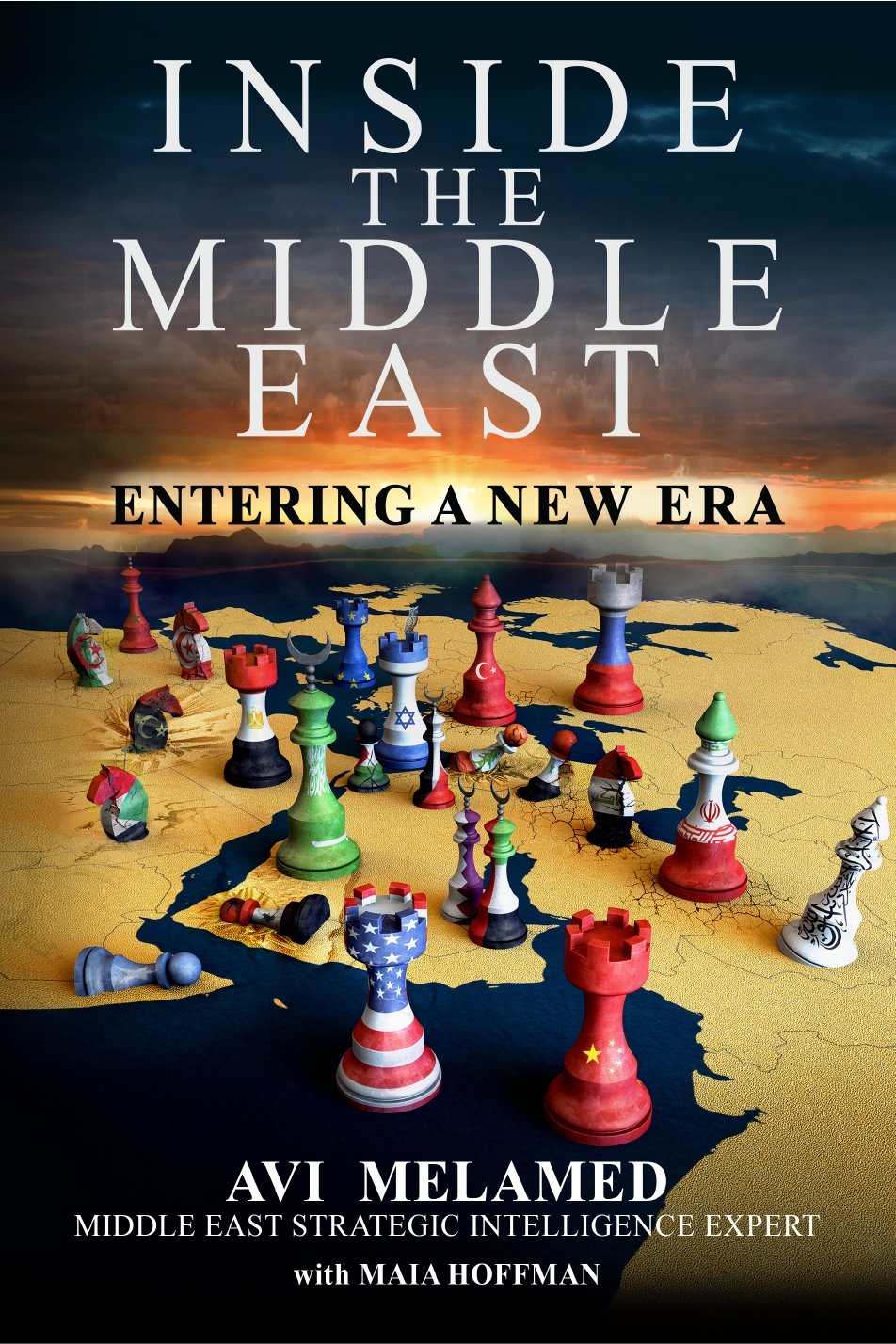|
Getting your Trinity Audio player ready...
|
Escalation in the Arab (Persian) Gulf: Observations, Evaluation, Prediction
The attacks in the Arab (Persian) Gulf and Saudi Arabia on May 13 and 14 have raised the level of regional tension.
The Yemen-based Houthis, Shi’ite militants backed by Iran, claimed responsibility for the May 14 attack on Saudi oil facilities.
There has still been no claim of responsibility for the May 13 attack.
It is important to note that the area of the Red Sea and Bab Al-Mandab Strait was outside of the circle of the May attacks, though the Houthis have proven their ability to attack shipping in the Red Sea.
The reason the Red Sea was excluded thus far from the circle of escalation is Egypt. Egypt’s President Abdel Fattah el-Sisi made it clear more than once that safe, free shipping in the Red Sea is in Egypt’s national Security interest. Thus far Egypt has stayed (at least relatively) on the fringe of the evolving Iranian-Saudi power struggle. As such, Iran has no interest in dragging Egypt, with its biggest and strongest military of any other Arab state, into the cycle.
Reportedly, on May 14, a couple of hours after the attack on the Saudi oil facility, a huge fire broke out in an Iranian oil facility in Tabriz. The exact circumstance of that event is vague. Some speculate is was a US-Saudi cyber-warfare attack conducted in retaliation.
The Arab League condemned the May 13 and 14 attacks, describing them as a threat to the world. But the Arab League did not mention Iran. This is likely because the powerful members of the Arab League have little or no interest in a military confrontation with Iran. Rather, they would prefer to galvanize the international community to form a coalition to collectively confront and restrain Iran’s aggression through diplomatic and economic means.
This would also explain why Saudi King Salman bin Abdulaziz called for an urgent Arab summit at the end of May.
Evaluation:
Iran’s aggressive expansion model in based upon the arming, financing and operating of proxies, such as Hezbollah in Lebanon, Afghani and Pakistani Shi’ite groups in Syria, Shi’ite militias in Iraq, Houthis in Yemen, Hamas and Islamic Jihad in Palestine (IJIP) in Gaza, and others. (On that proxy model read my article “My Enemy is My Best Asset,” published in September 2017).
As such, it is likely that the real mastermind behind these May 13-14 attacks is the Iranian Revolutionary Guards (IRG).
Perhaps if a group eventually claims responsibility for the May 13 attack it will be a “ghost” or a real Sunni militant group. But I evaluate this would just be an attempt to obliterate the fingerprints of the IRG, who according to accumulating sources maintain relations and cooperate with some Sunni militant groups such as Al-Qaida or the Saudi originated militant group Qataib Abduallah ‘Azzam, whose leader Saleh Al-Qarawi is reportedly based in Iran.
The escalation in the Gulf is a manifestation of Iran’s aggressive expansion policy, significantly boosted in the last decade and particularly following the signing of JCPOA (July 2015).
Since 2012, I have raised alarms about Iran’s aggressive expansion policy, which was described by Jordan’s King Abdullah II bin Al-Hussein as “The Shiite Crescent Vision“.
I have anticipated time and again that unless restrained and/or thwarted, Iran’s aggressive policy will eventually lead to a regional war. Unfortunately, today the region is closer to that point. (See links to some of my articles below).
For now, however, if one looks at the recent statements by Iran’s supreme leader Ali Khamenei and IRG commander Hossein Salami, Iran is not interested in war. This is likely for two main reasons:
- As the Mullah regime faces growing discontent at home stemming from the dire economic situation and escalating challenges of the Iranian people, the outcomes of massive military collision with the US could severely jeopardize the Mullah’s regime’s endurance.
- Such a collision at this time would disrupt, and could even jeopardize Iran’s Shi’ite Crescent vision, which centers around the scenario of deepening its grip in Yemen, Iraq, Syria and Lebanon, and controlling the shipping in the Gulf and the Red Sea.
By deepening its grip, Iran will be able to further develop a military infrastructure based upon its proxies to carry out the Mullah’s vision of exhausting Israel through rounds of rockets and missiles from Lebanon, Syria and Gaza, either separately or synchronized. From Iran’s perspectives the conditions for the execution of this plan are yet to be set, and the current timing is not optimal, given the growing challenges major Iranian proxies and agents are facing.
Arab commentators and leaders are overwhelmingly arguing that Iran’s aggressive expansion and intervention in Arab states’ inner affairs is putting the region on the verge of war.
“As the countdown toward a US-Iran collision continues, the Mullah regime particularly relies on the American media who are overwhelmingly and quite shockingly biased – taking Iran’s side,” wrote Lebanese American Political Analyst, Raghida Dergham, on May 17. “The Western media leads a massive campaign targeting Saudi Arabia, yet totally ignores Iran’s regional expansion policy in Yemen, Iraq, Syria and Lebanon.” (please note the article is in Arabic, but you can ‘right-click’ to translate).
What’s next?
The Trump administration has warned more than once that it will hold Iran accountable for attacks carried out by Iranian proxies on US assets and interests, as well as those of its allies.
Though Iran wishes to avoid military confrontation with the US, there are multiple scenarios that could lead to a severe escalation:
- Iran might conduct another attack using one of its proxies – and that could be one attack too many;
- An Iranian proxy – like in Iraq for example – might independently and without coordination with Iran, attack US assets or forces;
- Current investigations into the May 13 attack might prove it to be connected to Iran, and thus lead to increasing pressure on Iran through the deepening of its economic crisis and isolation. Pushed against a wall, the Mullah regime might decide to go for an all-out war.
As such, an Iranian – US collision in the Gulf in the imminent future is a very real scenario.
***
Samples of articles I have published from 2012 on the alarmingly dangerous potential outcomes of Iran’s aggressive regional expansion policy:
- The Bitter Fruits of the JCPOA (May 2018)
- Pax Ameri-Iran (March 2015)
- Sixty-Six Egyptian Fisherman, Yemen and Instability in the Middle East (October 2014)
- Is War in the Middle East Inevitable? (February 2012)
If you want to have a better understanding of the news and what really drives the unfolding events…
Read the latest book of Avi Melamed,
INSIDE THE MIDDLE EAST | ENTERING A NEW ERA, available now >>>
Follow me on Twitter @AviMelamed; Facebook @InsideTheMiddleEast; for more Videos on YouTube https://www.youtube.com/c/AviMelamed
I can always be reached at Av*@********ed.com















